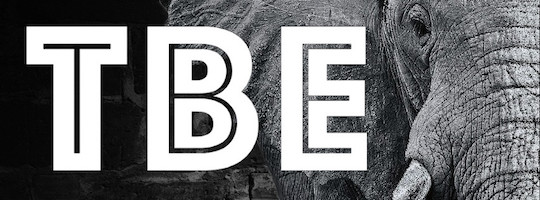Catherine Rampell writes a column in Friday’s Washington Post arguing that the Republicans are “completely wrong” when they claim “this is the worst recovery after a deep recession since World War II” as Senator Mitch McConnell has said. She goes on to allow that if not completely wrong, that assessment is “at the very least, highly misleading.” Her point is that while the economic recovery has been “slow and shallow,” it is not so bad because this recovery is the first to follow a “systemic financial crisis” since World War II. “Financial crises are “uniquely traumatic events for economies” according to Harvard researchers Carmen Reinhart and Kenneth Rogoff.”
I agree with Ms Rampell that Reinhart and Rogoff are correct when they say that recoveries following such events are always “far slower and more protracted” than those following normal recessions. Indeed, much of the rest of the article about how we are fortunate to have the world’s reserve currency and that many other similar economies aren’t doing so well is correct.
However, her conclusion that “it ain’t so bad” needs to be considered in light of a few very disturbing additional facts. The way that economies recover from financial bubbles is usually the slow, painful process of paying off or writing off debts, so that the economy can resume healthy growth. In our case, rather than enduring the pain paying off debt, we chose to borrow our way to economic bliss. It was a team effort. US public debt has increased more than $7 trillion since the recession. Consumers responded to the Feds easy credit policy by borrowing a trillion for cars and tuition while running up another trillion on their credit cards. Corporations also responded to the easy money temptation by borrowing another 2 trillion. Unfortunately, most of that went to corporate stock buybacks and relatively little to productive investment in new equipment (productivity growth has been very slow). In a little more than 6 years, total debt, public and private, increased nearly $9 trillion while the economy grew by only $2.1 trillion.
Debt, when not used for productive investment, can be thought of as borrowing from the future to allow current consumption. We are now much deeper in debt than before the recession, with dark clouds on our economic horizon, but, as she says “it ain’t so bad”.
(Obama’s “economic recovery” disproven in 9 simple charts here.)

